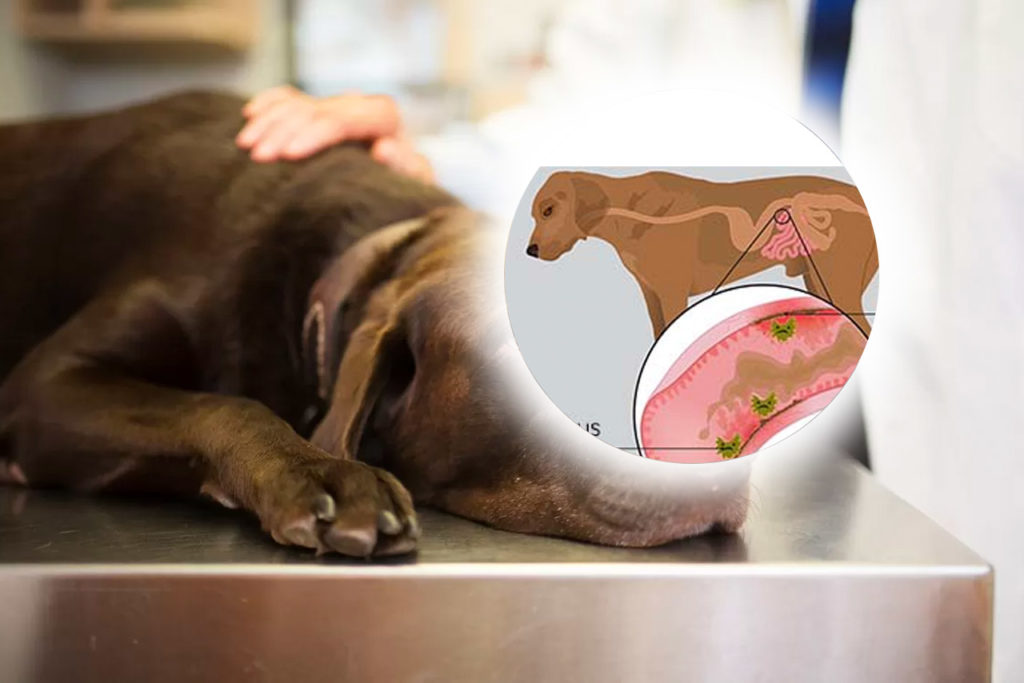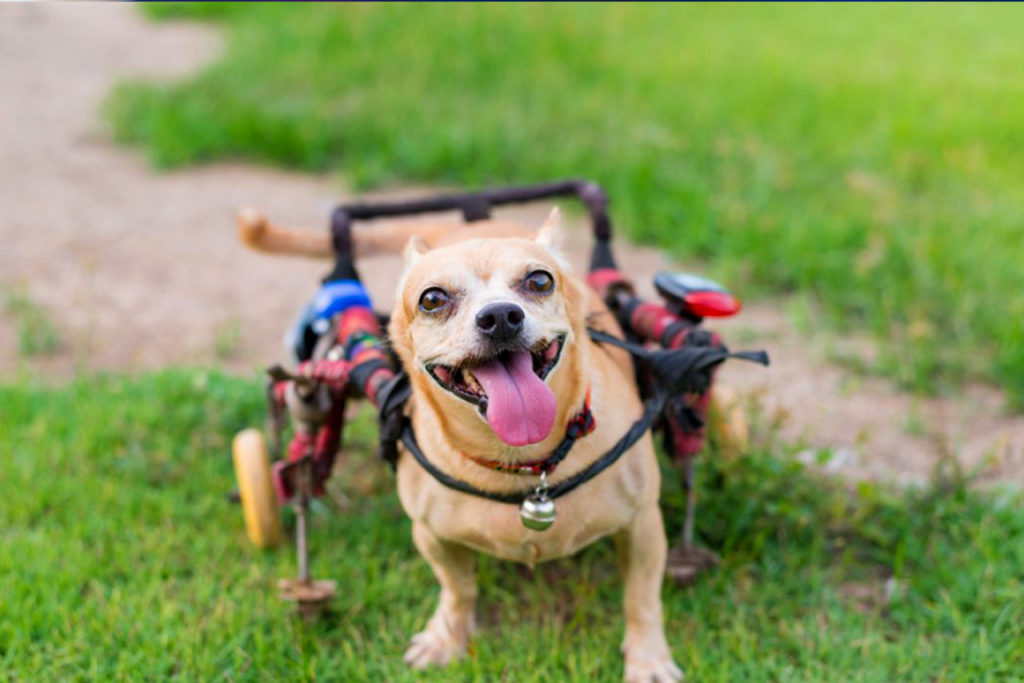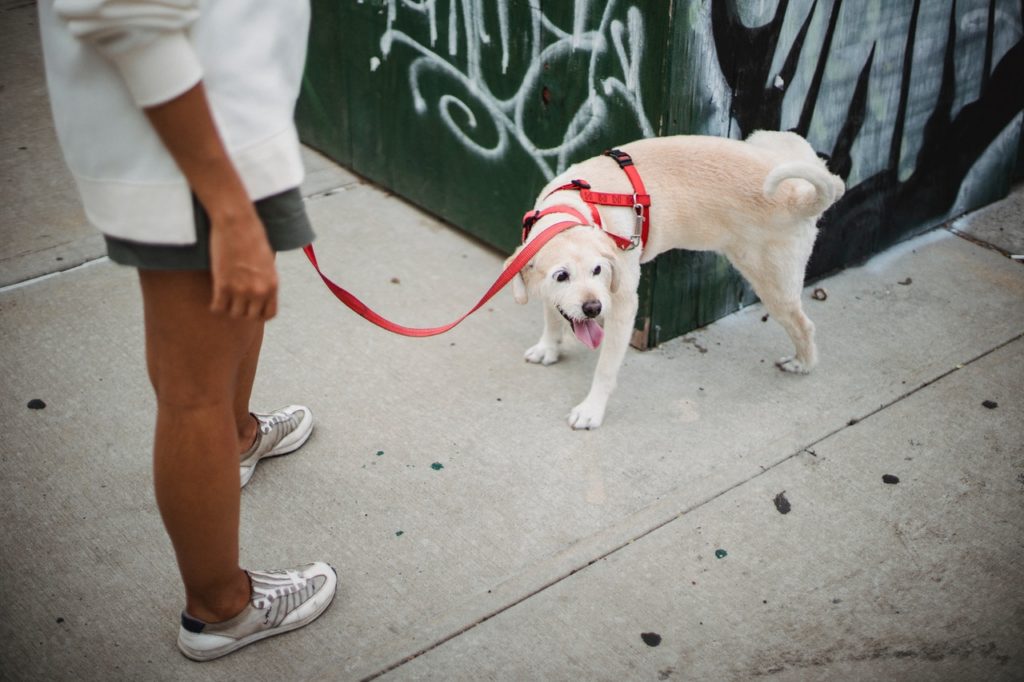As our beloved dog’s age, it’s important to be mindful of the changes that occur in their bodies and to adapt their care accordingly. Senior dogs, generally defined as dogs over the age of 7, often experience joint problems such as arthritis, which can make exercise and physical activity more challenging. However, it’s important to recognize the numerous benefits of exercise for senior dogs with arthritis and to find ways to safely incorporate it into their daily routine.
Contents
What is Arthritis in Dogs?
Arthritis is a common condition that affects the joints and causes inflammation, pain, and stiffness. It can be caused by various factors such as genetics, injuries, or infections. It can also be a natural part of the aging process as the joints and cartilage begin to wear down over time. Symptoms of arthritis in dogs may include difficulty standing or climbing stairs, limping, reluctance to play or go for walks, and decreased activity levels.
Benefits of Exercise for Senior Dogs with Arthritis
Improving Mobility and Flexibility
One of the main benefits of exercise for senior dogs with arthritis is improving mobility and flexibility. As dog’s age, their joints can become stiff and painful, making it difficult for them to move around comfortably. Exercise helps to loosen and strengthen the muscles surrounding the joints, improving their range of motion. This can help senior dogs to walk, run, and play more easily, reducing their risk of falls and injuries.
Reducing Pain and Inflammation
Exercise has also been shown to have anti-inflammatory effects on the body, which can help to reduce pain and swelling in the joints. Regular physical activity can also increase blood flow to the affected areas, bringing nutrients and oxygen to the cells and tissues and promoting healing.
Maintaining a Healthy Weight
Obesity can be a major risk factor for the development of arthritis in dogs, as excess weight puts additional strain on the joints. Exercise helps senior dogs to maintain a healthy weight, which in turn can help to reduce the risk and severity of joint problems. Additionally, the increased muscle mass that comes with regular exercise can help to support the joints and provide some cushioning against the impact of daily activities.
Types of Exercise for Senior Dogs with Arthritis


1. Low Impact Exercises
Low-impact exercises such as walking, biking, or treadmill walking are great options for senior dogs with arthritis. These activities allow for a moderate level of physical activity without putting too much strain on the joints. It’s important to start slowly and gradually increase the intensity of these activities to allow the dog’s body to adjust and prevent injury.
2. Swimming
Swimming is another great exercise option for senior dogs with arthritis. The buoyancy of the water helps to support the body and reduces the impact on the joints. It’s also an excellent cardiovascular workout that helps to strengthen the muscles without putting too much strain on the joints.
3. Massage and Physical Therapy
Massage and physical therapy can also be beneficial for senior dogs with arthritis. Massage can help to relax the muscles and improve circulation, while physical therapy can help to improve mobility and flexibility. These therapies can be done at home or with the help of a professional.
4. Assisted Exercise
For senior dogs with severe arthritis or mobility issues, assisted exercises such as hydrotherapy or treadmill walking may be necessary. These exercises involve the use of specialized equipment and trained professionals to help the dog safely perform the exercises.
Safety Precautions for Exercising Senior Dogs with Arthritis
1. Consult with a Veterinarian
Before starting any new exercise routine, it’s important to consult with a veterinarian to ensure that it is safe and appropriate for the dog’s specific needs and health conditions. The veterinarian can help to determine the appropriate intensity and duration of the exercises and provide guidance on any necessary precautions.
2. Start Slowly and Gradually Increase the Intensity
It’s important to start slowly and gradually increase the intensity of the exercises to allow the dog’s body to adjust and prevent injury. This is especially important for senior dogs who may be less physically fit or have existing health conditions.
3. Monitor for Signs of Discomfort
It’s important to closely monitor the dog’s behavior during and after exercise to ensure that they are comfortable and not experiencing any discomfort or pain. If the dog shows signs of distress or difficulty, it’s important to stop the exercise immediately and consult with a veterinarian.
Conclusion
Exercise is an important aspect of care for senior dogs with arthritis, providing numerous benefits such as improving mobility and flexibility, reducing pain and inflammation, and maintaining a healthy weight. There are a variety of low-impact and assisted exercises that can be safely incorporated into a senior dog’s routine, but it’s important to consult with a veterinarian and start slowly to prevent injury. By prioritizing the physical health of our senior dogs, we can help them to maintain a high quality of life and enjoy their golden years to the fullest.







